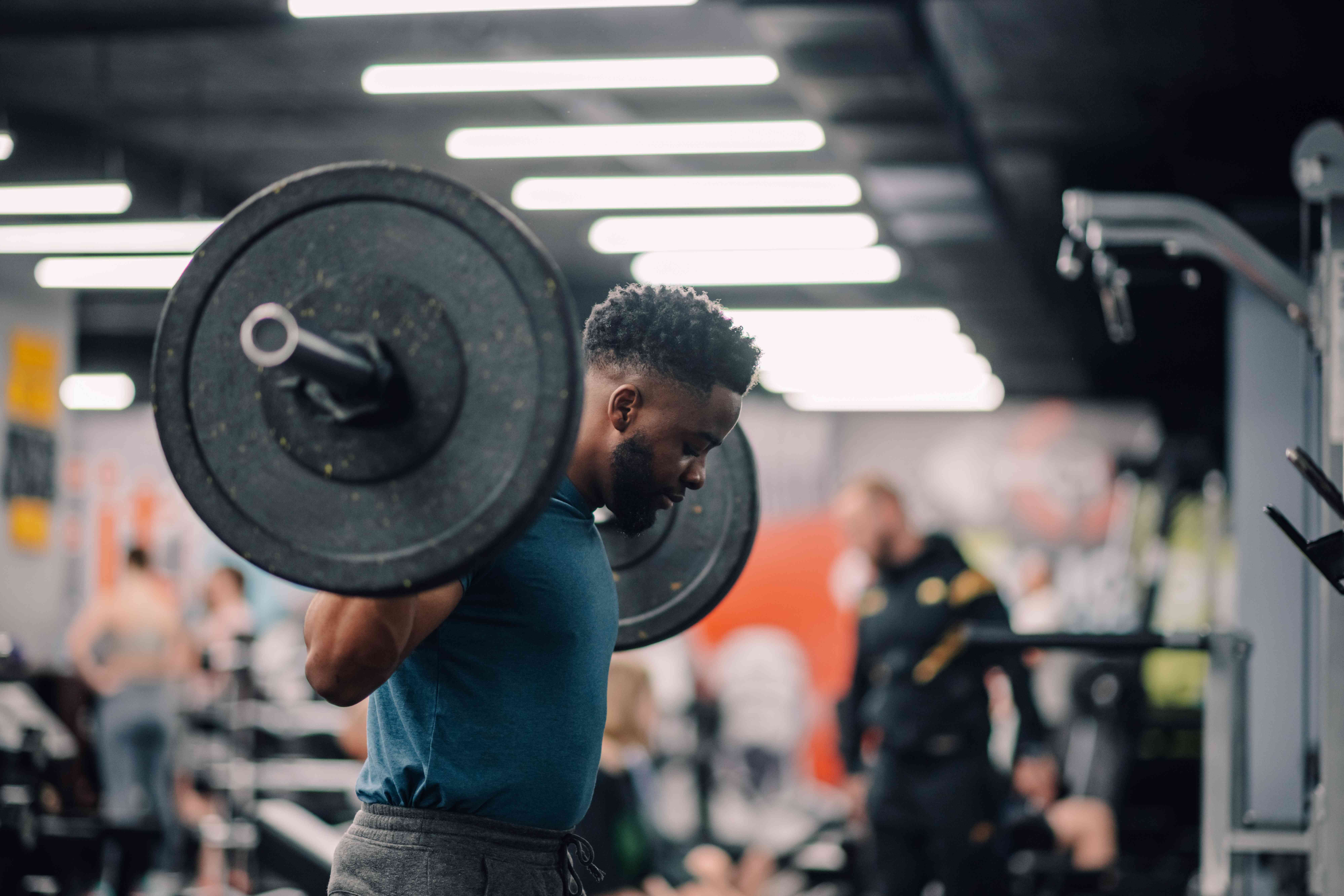The Strength Connection: How Smart Strength Training Protects

If you think “lifting weights” and “joint health” are opposites, you’re not alone — it’s an understandable headline-grabbing myth. The reality is more useful: progressive, well-prescribed strength training is one of the most powerful tools we have to reduce joint pain, improve function, and delay or even avoid surgical intervention in many cases.
This blog breaks down how strength training helps joints, what kinds of programs actually move the needle, and how MidAmerica Orthopaedics and our physical therapists work with patients — from weekend warriors to older adults — to build safe, effective programs that protect rather than punish joints.
Why strength matters for joints
Joints don’t operate in isolation. Muscles are the shock absorbers and steering system that keep force moving cleanly through a joint. Strong, coordinated muscles around the hip and knee reduce the load that the joint surfaces experience during walking, running, and stair negotiation. That means less pain and less progression of symptoms for many patients with osteoarthritis or prior injury.
A growing body of research finds that resistance training reduces pain and improves strength and function in patients with knee and hip osteoarthritis. The key is progression and appropriateness: the right dosage delivered consistently over weeks produces measurable benefit.
What “strength training” actually looks like for joint health
You don’t need to be a powerlifter to get these benefits. Effective programs often include:
- Compound, functional movements: squats, step-ups, deadlifts (modified as needed) — they train multiple muscles and mimic everyday demands.
- Single-leg work: lunges and single-leg deadlifts improve balance and the limb-by-limb control your joints crave.
- Calf and ankle work: for knee and foot health, the lower-leg complex matters. Calf raises and eccentric hamstring work are extremely useful.
- Hip abductor and glute strengthening: side-lying clams, monster walks, and banded exercises are small moves with outsized benefits for knee mechanics.
- Appropriate progression: aim for consistent overload — more reps, more weight, or more tension over time — while respecting pain and recovery.
Physical therapists at MidAmerica design these programs for the individual. If you’re brand-new to resistance exercise or returning from surgery, they’ll scale volume and intensity, watch your mechanics, and adjust progressions so you gain strength without a spike in symptoms.
Strength vs. high-intensity extremes: why dose matters
There’s nuance here. Research suggests that resistance training improves pain and function in osteoarthritis when dosed properly. But high-intensity regimens that drastically increase joint contact forces without adequate adaptation may not be ideal for every patient. The win is in a smart, progressive plan — not maximal lifting right out of the gate. That’s what supervised rehab programs aim to deliver: safe overload that stimulates tissue adaptation without unnecessary risk.
Real-world examples
Here are some ideas for practical sessions— quick, sensible, and designed for adherence:
- Beginner (two sessions per week)
- Warm-up: 5–10 minutes low-impact cardio
- Strength circuit: 3 rounds — 8–12 step-ups, 10 bodyweight squats, 12 glute bridges, 12 calf raises
- Mobility/flexibility: 5–10 minutes hamstring and calf stretches
- Intermediate (three sessions per week)
- Warm-up: dynamic movement and 5 minutes easy cardio
- Strength: squats or goblet squats 3x8; deadlift variation 3x8; single-leg RDL 3x8 each side; banded lateral walks 3x15
- Finish: balance or proprioception drill
Those look basic — and they are. Their power is in consistency, progression, and surgical-level attention to technique during early sessions.
Who benefits most
- People with knee or hip osteoarthritis — strength training reduces pain, improves mobility, and can delay joint replacement for some.
- Post-operative patients — targeted strengthening is essential after joint surgery to restore function and gait.
- Active adults — maintaining muscle mass protects against falls and functional decline.
- Athletes — a stronger, balanced body tolerates sport demands better and recovers faster.
Evidence supports improvements in pain and function across these groups with structured resistance training programs.
How MidAmerica integrates strength into whole-person care
At MidAmerica Orthopaedics we don’t treat muscles separately from the person. Our approach:
- Assessment first: Our PTs assess movement patterns, strength asymmetries, and joint mobility to identify targeted deficits.
- Individualized program: Based on the assessment, therapists prescribe a progressive plan that matches goals and baseline capacity.
- Hands-on coaching: Early sessions include manual therapy, cueing, and precise progression to ensure technique and prevent compensation.
- Coordinate with physicians: If progress stalls or pain behaves oddly, the PT team communicates with your MidAmerica physician to rule out structural issues or revise the plan. Providers across our clinics — including PM&R and rehab specialists — collaborate closely when needed.
Safety tips and common mistakes
- Don’t chase pain-free instantly. Mild, controlled soreness is normal. Sharp or worsening joint pain with exercise isn’t.
- Progress gradually. Small, steady increases in load win over big jumps.
- Technique first. Heavier weight with poor form transfers stress to joints. That’s usually counterproductive.
- Keep the whole-body picture in mind. Strength gains are best when combined with aerobic fitness, mobility work, and adequate nutrition.
Where to start
If you’ve been living with joint pain or you’re returning from surgery, MidAmerica’s physical therapy teams at Palos Hills and Mokena are a great launch point. We pair movement assessment with strength prescription and follow you through to independent programming. For runners and competitive athletes we work with our Sports Medicine physicians to keep you on the field as safely and quickly as possible.
Closing
Strength training isn’t a risk for joints — when it’s done right, it’s protection. The right program builds the muscular scaffolding that lets your joints share load more safely, improves balance and resilience, and reduces the day-to-day pain that steals mobility. If you want a personalized plan that respects your history and goals, MidAmerica Orthopaedics’ PT and sports medicine teams can create it and walk the process with you.
Want help getting started? Call (708) 237-7200 or request an appointment online to speak with our physical therapy or sports medicine teams.

